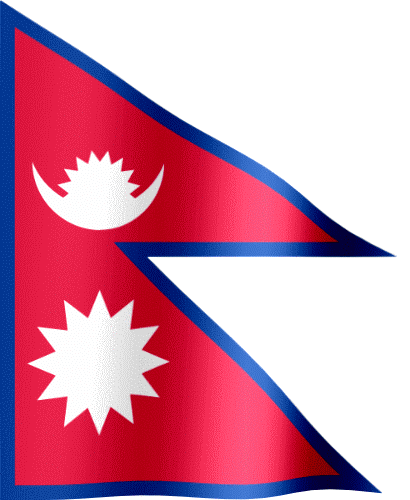Siddha Pokhari is a historic pond located in the city of Bhaktapur, which is a UNESCO World Heritage Site located in the Kathmandu Valley of Nepal. The pond, also known as Ta-Pukhu, was built during the reign of King Yaksha Malla in the 15th century.
Siddha Pokhari is a significant historical landmark in Bhaktapur, and it is considered to be one of the largest man-made ponds in Nepal. The pond covers an area of approximately 171,427 square feet and is surrounded by a stone wall. The water in the pond is believed to have healing properties, and it is a popular destination for both locals and tourists.
In the past, the pond was used for various religious and cultural activities, including the Gai Jatra festival, which is a festival celebrated in Nepal to commemorate the dead. The pond is also believed to have been used for bathing and washing clothes in the past.
Today, the Siddha Pokhari is a peaceful spot in the midst of the bustling city of Bhaktapur, and it is a popular place for people to relax and enjoy the scenery. The pond has been restored and renovated several times over the years to maintain its historical significance, and it remains an important cultural landmark in Nepal.











